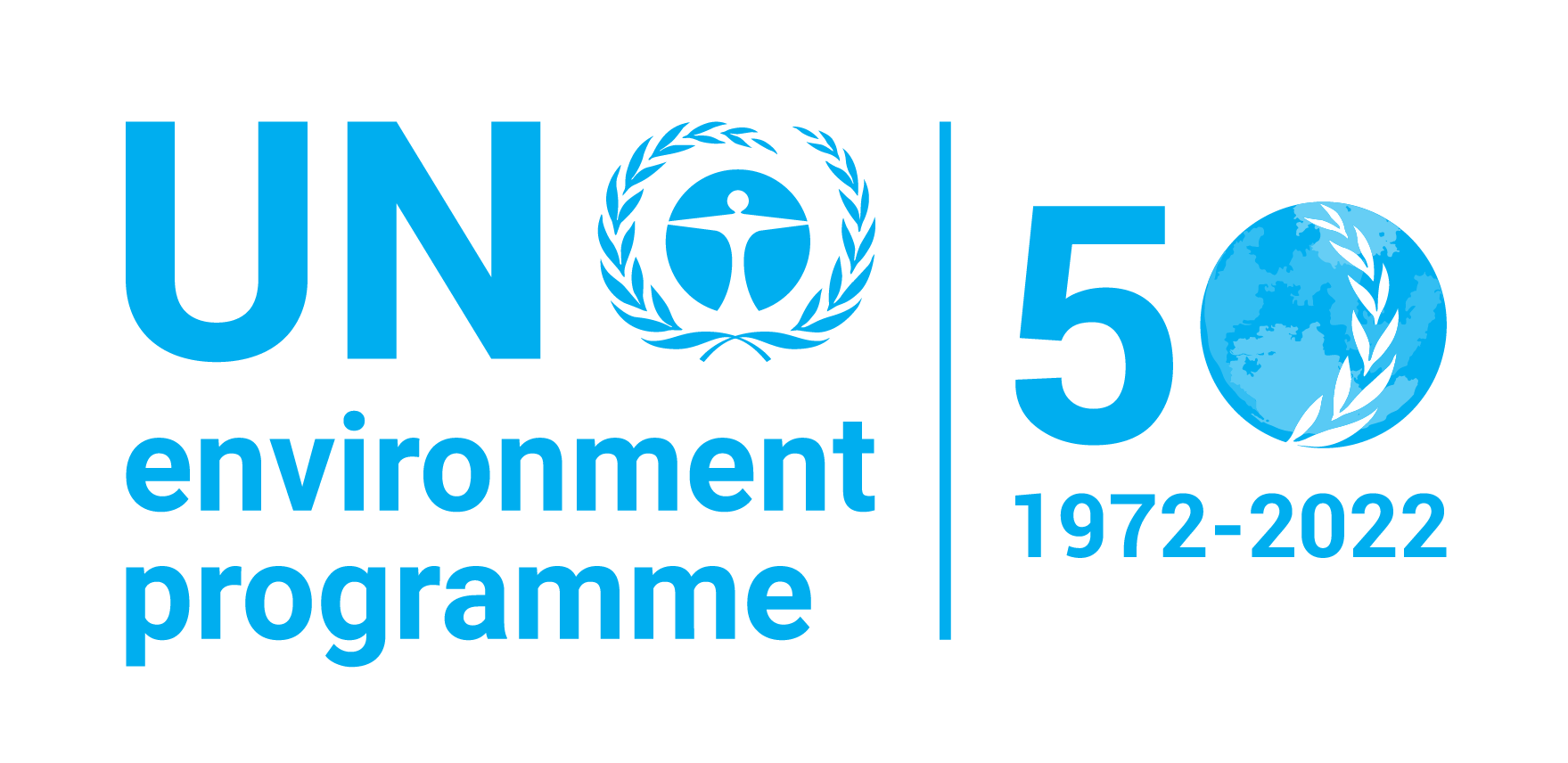Programme Modules
Introduction to Executive Programme on Circular Economy
The Executive Programme on Circular Economy will aim to strengthen and expand the capacity and technical
knowledge of public and private sector stakeholders to incorporate and implement circular gender-sensitive
solutions to decrease resource intensity and material footprint per capita, waste generated from value
chains, GHG emissions and overuse of natural resources. The approach will support the development and
provision of tools, practices and knowledge products to stakeholders to support the dissemination, uptake
and replication of policies, and best practices. The project components will promote capacity building,
sharing data and experiences on best practices in order to encourage an inclusive adoption and
implementation of circular economy practices and policies for the three main stakeholder groups:
governments
and policy makers, Small and Medium Sized Enterprises (SMEs) and civil society. These will be achieved
through active engagement and collaboration across all stakeholder levels, including private- public sector
partnerships, the business sector and the wider civil society.
The initiative will build upon and will draw on best practices, including the existing network of the
SWITCH-Asia Regional Support Component, the SWITCH-Asia EU grant project, implemented across entire Asian
region. The project is placed within the UNEP Project No. 614.2 “Strengthening Resource Efficiency an
Sustainable Consumption and Production Policy Frameworks in Asia Pacific”. Against this background, the
overall outcome of this project is “Policymakers adopt Circular Economy policy instruments, regulatory
frameworks and practices, along with SMEs and civil society mainstreaming Circular Economy in their
decisions”. To achieve this desired change in stakeholder capacity (overall outcome), the project is
structured in three mutually supportive direct outcome areas with underlined project outputs - under which
the project provides assistance:
Outcome 1
Circularity and Resoure Efficiency increasingly integrated in government policies, business decisions especially in impact sectors
Outcome 2
Improved access and capacity for sustainable finance and circular business models increasingly incorporated by SMEs
Outcome 3
Increased public awareness and uptake of sustainable lifestyles
Modules for the Executive Programme on CE
Contextualising the Circular Economy for Action
The basic aim of the pilot module is to demonstrate the structure of an online learning resource on the concept of a “Circular Economy” from the context of developing economies in Asia. The pilot module will be presented in two parts, focusing on – (1) the concept of CE itself, particularly in terms of the policies and action needed to operationalize it, and (2) case studies on different sectors and from different countries to illustrate the viability and effectiveness of a CE. It is targeted at national and local government officials (and their stakeholders) responsible for developing circular economy policies and action. The key policy tool that the module will present will be the “GET Matrix” as a concrete multi-stakeholder approach, bringing together three policy patterns – the Global-National-Local pattern; the Governments-Business-Civil Society pattern; and the Governance-Education and Technology pattern.

Circular Economy Model for Plastics Pollution Management
This module will on the Circular economy for plastic waste management from two different approaches i.e.,
top-down approach and bottom-up approach. The perspectives of regulations from policy experts and
participation of private sector and entrepreneurship promoting circular economy were discussed. The issue
of improper disposal of plastic waste was highlighted in all the presentations of the speakers. The total
plastic waste value chain approach is to be taken into consideration when the problem the plastic
pollution is planned to be solved. The collaboration of various stakeholders along the value chain and the
intervention of regulations, entrepreneurship, research and community participation were emphasized.
The module will elaborate two aspects of the plastic management.
a) The top-down approach of plastic waste management applying the principles of circular economy and
successful implementation in different countries
b) The bottom-up approach focusing on capacity building, people's participation, responsive private
sector
participation.

Innovations and Start-ups for CE
Small and medium-sized enterprises (SMEs) are a substantial part of the business environment, especially in the Asia Pacific region and provide a majority of the employment. SMEs often depend on the availability of technology in the market. Moreover, while multinationals may be able to determine how circular economy concepts are adopted, an SME is, due to its size, often restricted to observing the trends in the market value chain in which it operates. Essential elements for innovation and start-ups for Circular Economy include:
- Necessary capacity and skills for technology and eco-innovation for CE
- Assessment and data for planning and reporting on resource efficiency
- Access to financing
- Strengthening awareness, dialogue, partnerships, network for CE knowledge sharing
- Adequate policy support, incentives and CE enabling frameworks
- SMEs have support from supply and demand supply network and effective supply chain strategies


